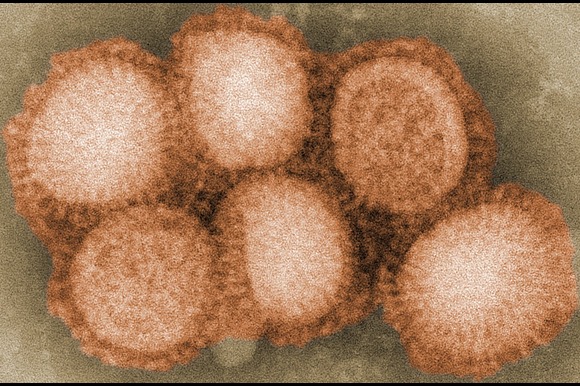The United States has reported its first outbreak of the lethal H7N9 bird flu on a poultry farm since 2017, as the nation continues to contend with another strain of bird flu that has affected humans and driven egg prices to unprecedented levels.
The proliferation of avian influenza, commonly referred to as bird flu, has devastated poultry populations globally, leading to supply chain disruptions and escalating food prices. Its transmission to mammals, including dairy cattle in the United States, has raised alarms among government officials regarding the potential for a new pandemic.
The H5N1 strain has been particularly damaging to poultry in recent years and has been linked to the death of one individual in the United States. The H7N9 bird flu virus has demonstrated a high mortality rate among humans, with the World Health Organization reporting that it has claimed the lives of 616 individuals, representing 39 percent of the 1,568 cases recorded globally since its emergence in China in 2013.
The WHO has indicated that neither strain of the bird flu virus appears to spread easily between humans. The recent H7N9 outbreak in the United States, identified on a farm housing 47,654 commercial broiler breeder chickens in Noxubee, Mississippi, was confirmed on March 13, according to a report from the Paris-based World Animal Health Organization, which cited U.S. authorities.
The Mississippi departments of agriculture and health did not provide an immediate response to inquiries for comments. According to reports from Reuters, the United States’ response to avian influenza faced interruptions during the initial weeks of the Trump administration, as federal agencies canceled congressional briefings and meetings with state animal health representatives. However, some of that coordination has since been reinstated, and the USDA has announced plans to allocate $1 billion to combat the virus’s spread.






